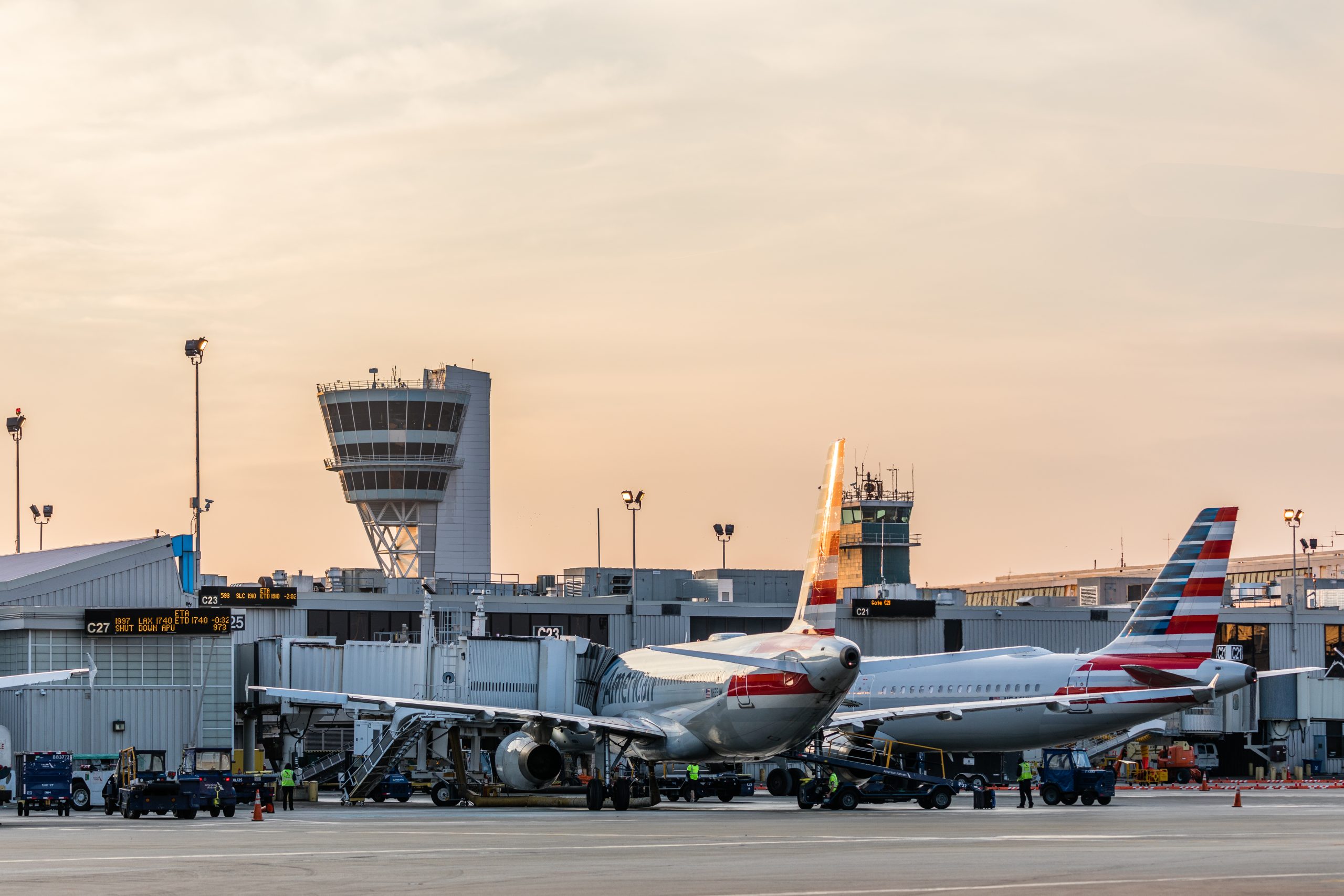WASHINGTON—Airports Council International – North America (ACI-NA) today released the following statement from President and CEO Kevin M. Burke in support of legislation introduced by Representatives Earl Blumenauer (D-OR) and Mark Amodei (R-NV) to fund much-needed airport infrastructure projects by increasing the cap on the Passenger Facility Charge (PFC) for the first time in more than 20 years.
“Investments in aviation infrastructure are crucial for our industry to recover from the COVID-19 pandemic, so we strongly support Representatives Blumenauer and Amodei’s bill to modernize American airports,” Burke said. “Airport infrastructure has been underfunded for years, creating a backlog of at least $115 billion in planned and much-needed projects over the next five years. The COVID-19 pandemic has had a devastating impact on airport revenue, forcing many airports to defer projects beyond the five-year window. Relying on a user-pays model that enjoys bipartisan support is the best way to fund airport infrastructure in the future.”
“Giving airports the ability to adjust their user fees – which has not happened in more than 20 years – would allow them to be responsive to local circumstances and travel trends,” Burke continued. “User fees also have a great multiplier effect by opening better access to vital capital in the bond market. Getting to work on these critical infrastructure projects could yield immediate benefits for local economies around the country, which would be a big win for passengers and the hundreds of American communities that depend on airports for economic growth.”
ACI-NA recently released its latest report on airport infrastructure needs across the U.S. Check out the full report, Building the Runway to Economic Growth, here.
- U.S. airports are expected to lose at least $40 billion through March 2022 due to the COVID-19 pandemic – and losses are expected to climb if passenger traffic remains depressed.
- Modernizing the PFC cap would enable airports to fund projects that provide concrete benefits for travelers, such as expanding old terminals, building new runways and improving road and transit access to increase airport capacity and throughput. Each dollar invested in airport infrastructure produces up to $2.50 in economic growth.
- Congress last raised the cap on PFCs 20 years ago – before 9/11 – from $3.00 to just $4.50. The purchasing power of the PFC has declined by 40 percent in the two decades since because construction and related costs have risen steadily over that time.
- The PFC – which follows the strict user-pays principle – functions as a locally responsive and reliable funding source and does not cost taxpayers a dime. As a modest user fee, the PFC is paid solely by the people who directly use an airport flying to, from or through that community.
- There is bipartisan support to modernize the PFC. Sen. Mitt Romney (R-Utah) mentioned airport fees as one of the potential investment tools that would be included in a partisan infrastructure package being discussed by a group of 20 senators from both parties.
###

